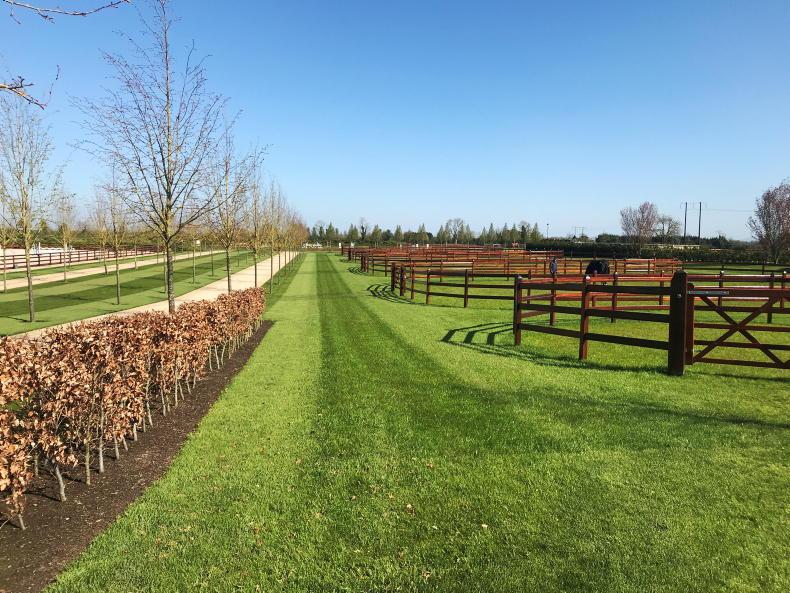WINTER is coming. For many of us, that means bringing stock in from their summer grazing and changing their routine a little. If you’re lucky enough to have bark turn-out paddocks or an arena for use during the winter, your horses can exercise and keep their heads right with little mess.
For others, the decision to have a sacrificial paddock can make all the difference, but they need to be well managed for maximum comfort for the horse and minimum pressure for the land.
For most people, the paddock which has been sacrificed for winter turnout will also have a round bale of forage in it for ad-lib feeding. This brings its own set of problems. Bales of hay and haylage should never be left in the plastic when fed to horses. The horse could potentially pull on the plastic out of boredom and be at risk of choke or colic.
Loose plastic can also get walked into the soil and this will create problems down the line when the ground dries out. Ideally, if you are feeding forage to field-kept horses it should be placed in a covered feeder to protect the forage in all weather conditions, and to minimise wastage due to trampling or fouling.
If your paddock is for permanent winter use, it might be practical to install hard-standing where the bale feeder is, to counteract the constant tramping around it as the horses graze. This area gets particilarly muddy and is usually mixed with droppings. At least with a hard-standing the mess can be scraped back regularly and the horses are never standing too deep in the muck.
If you feed hay rations then placing four rubber mats down for each couple of horses can be a way to keep forage waste to a minimum and also give the horse a dry place to stand if required. Shelters are another option for winter paddocks, a place to keep off the weather on rougher days and a drier spot to lie down. It’s important that a horse can rest comfortably in winter.
Land management
Once the horses are moved off in spring, allow the land to dry before driving in a tractor to clear the area and avoid additional compaction of the soil where possible. Start by removing leftover hay/haylage and debris.
If you want to restore the area for grazing, then traditionally a soil sample would be taken to assess soil quality. The land would then be ploughed, power harrowed, re-seeded, rolled and fertilised appropriately based on the results of the soil test. If the land is just harrowed and left bare then weeds will develop and flourish.
Good management is the secret to success for a sacrificial paddock and the key to happy horses with friends, freedom and forage all winter long.


 This is a subscriber-only article
This is a subscriber-only article
 It looks like you're browsing in private mode
It looks like you're browsing in private mode









SHARING OPTIONS: